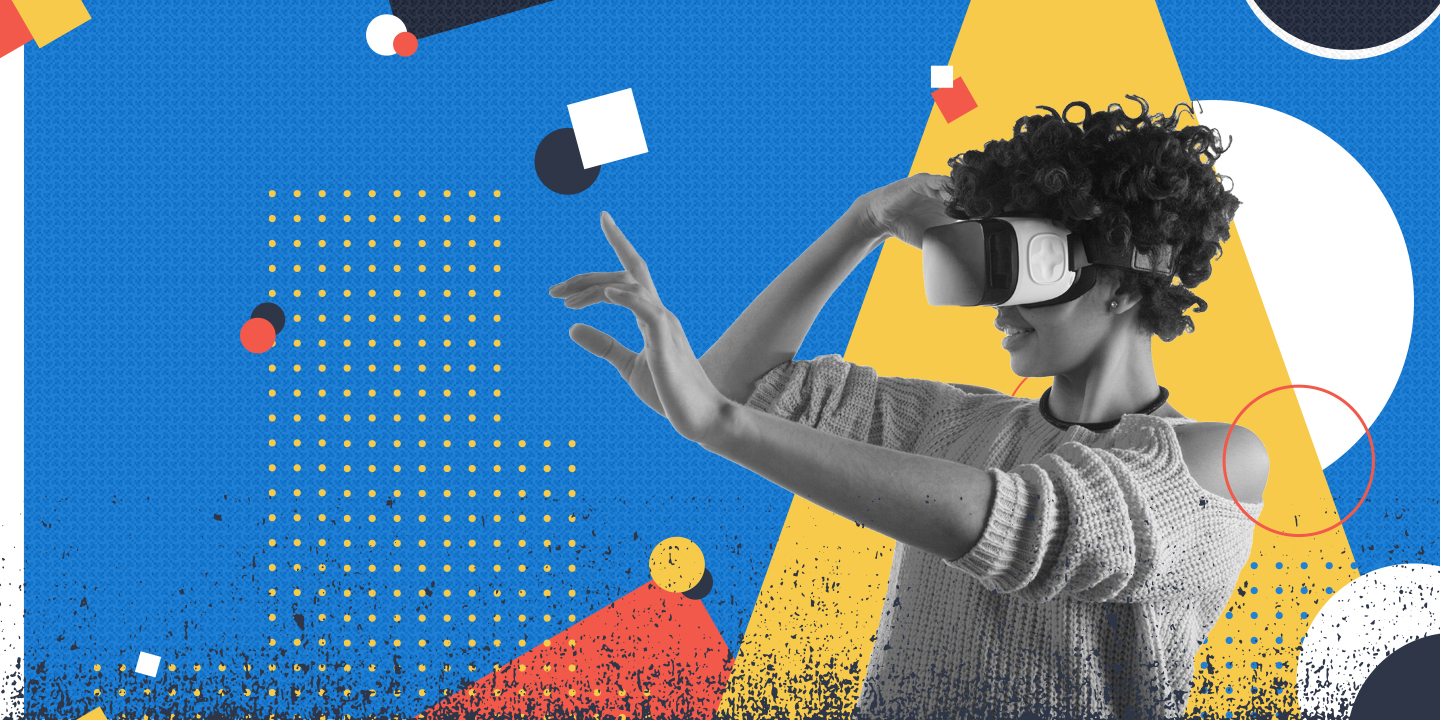When you think about the pioneers of AR/VR, the medical industry might not be the first to come to mind. While gaming has brought augmented reality (AR) and virtual reality (VR) to the masses, the technology is catching on across industries and rapidly transforming how we approach learning and training. Although you probably never expected to overhear a lively debate about VR in the break room of a medical device company, that day has definitely arrived. After all, it’s 2018—anything is possible.
It’s an incredibly exciting time for AR/VR in the medical tech industry—the technology promises to improve efficiency, accuracy, and productivity in every function of healthcare. Plus, the industry is adopting the new technology at lightning speed. After all, AR has only been offered to the public since the early 2000s, yet the medical industry has already innovated life-saving devices that have huge implications for the healthcare community (and all of us who participate in it!).
There are big things happening with AR/VR in the medical industry, and we think you should know about it. Let’s dig in, shall we?
Patient-Centric Care
Move over FitBit, AR wearables are about to hit it big. Right now, in a lab far, far away (Googleplex), smartwatch technology is in development to integrate with AR in order to help patients take better care of their health. The idea is to give doctors a new tool to monitor and treat patients, even when they’re not in the office. For example, developers are exploring smartwatch technology that would monitor the health of the elderly, allow them to make health decisions remotely, and even remind patients to take their medicine based on their location.
Likewise, augmented reality is finding its way into the exam room in order to help doctors give more attention to their patients. Using AR, doctors will be able to easily view patient data, like age, weight, and blood pressure, without ever looking away from the patient to dig around for their clinical file. Because AR layers digital information over our physical surroundings, the right device could allow doctors to simply look at a patient and see their vital information. Check out the Virtual Patient File (VPF) created by researchers in Mexico for a great example of how this technology works.
Virtual Reality for Therapeutic Care
Exposure therapy has long been the go-to treatment for an array of psychological conditions, from a fear of heights to Post Traumatic Stress Disorder (PTSD). With virtual reality, it’s easier than ever for healthcare professionals to simulate real situations that would otherwise be unrealistic or inaccessible (like conquering your Arachnophobia).
Plus, VR is proving to be just as effective as traditional exposure therapy, since patients are able to interact with and manipulate their virtual surroundings in real time. A patient with alcohol addiction can practice visiting a virtual bar, and a woman suffering from PTSD after a car accident can safely re-visit the site of her crash. In fact, the tech startup Limbix has created a VR platform entirely devoted to mental health. Offering everything from exposure therapy to skills building and mindfulness training, the platform gives therapists a new environment in which to treat patients.
Beyond psychiatric care, virtual reality is also opening new doors in treating physical therapy patients. Virtual physical therapy is often a cheaper, more accessible option than traditional therapy; even making telemedicine a viable option for a larger swath of conditions. There’s also the added bonus of being able to gamify physical therapy regimens—the video gesture control technology by GestureTek Health is in over 750 rehab facilities, bringing immersive exercise games to seniors around the world. When even Grandma knows her way around a VR headset, you know virtual reality is here to stay.
Virtual Medical Training
One of the most revolutionary aspects of VR is its ability to transport you to anywhere in the world. For the medical industry, this is a game-changer. Gone are the days when the only way to witness a rare procedure was to fly halfway around the world to watch in person. And sure, recordings and live streams are helpful tools—but VR is a way more immersive, impactful learning experience.
Like in other high-consequence industries, AR/VR is a cost-effective, low-risk way to train and prepare clinicians for tricky procedures and complex scenarios. AR/VR allows them to simulate real-life situations without ever needing actual patients, and the ability to repeat processes and receive real-time feedback improves accuracy (practice makes perfect!).
Because perfection is pretty hard to argue against, more and more medical training companies are starting to embrace AR/VR and integrate it into their suite of tools. The surgical training platform Osso VR is currently leading the charge—a recent UCLA study showed that a group of first-year medical students who were trained on a procedure using Osso VR outperformed a group of their classmates who received traditional training.
Mixed Reality in Surgery
We all secretly wish that surgeons had X-ray vision—and surgeons definitely wish they did, too. When you bring AR/VR into the operating room, it’s a lot like giving surgeons the ability to “see through” patients during surgery. Usually, these tools are mixed reality; combining elements of both augmented and virtual reality. Wearing an AR headset, surgeons are able to see patient anatomy and other vital information directly overlaid on the patient. The VR component allows surgeons to simply lift their heads to view a 3D simulation of a similar surgery.
The technology is new, which means the research is too—but early studies are showing that mixed reality applications could decrease errors, improve accuracy, and even reduce the time spent in surgery. So even though most of this technology is in the trial phase, AR/VR is poised to make surgery significantly safer.
This is just the beginning—AR/VR is transforming the medical tech world and there are exciting new developments every day.
Want the latest news?
Sign up for the Maestro newsletter and have it delivered straight to your inbox.
Connect with us!→